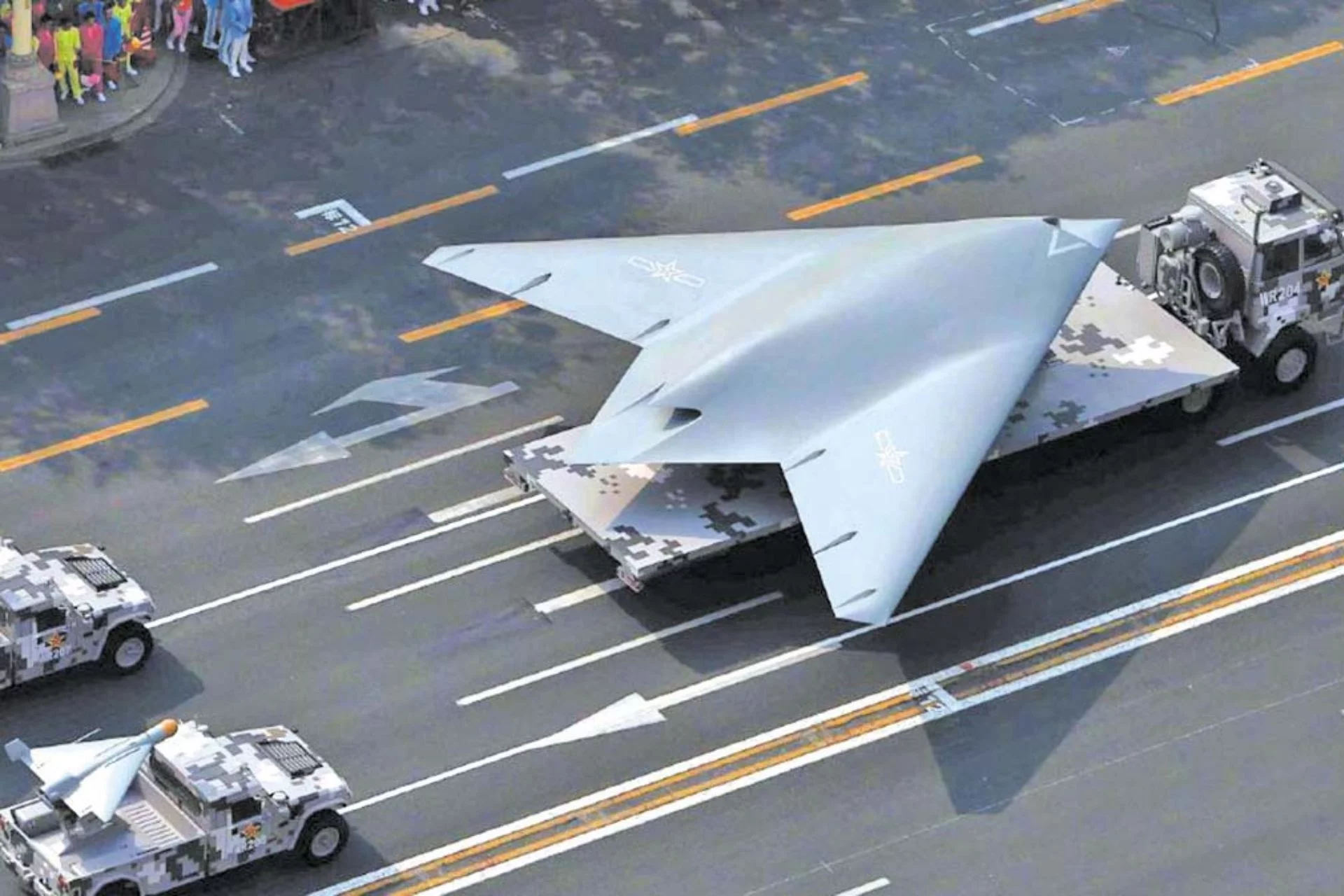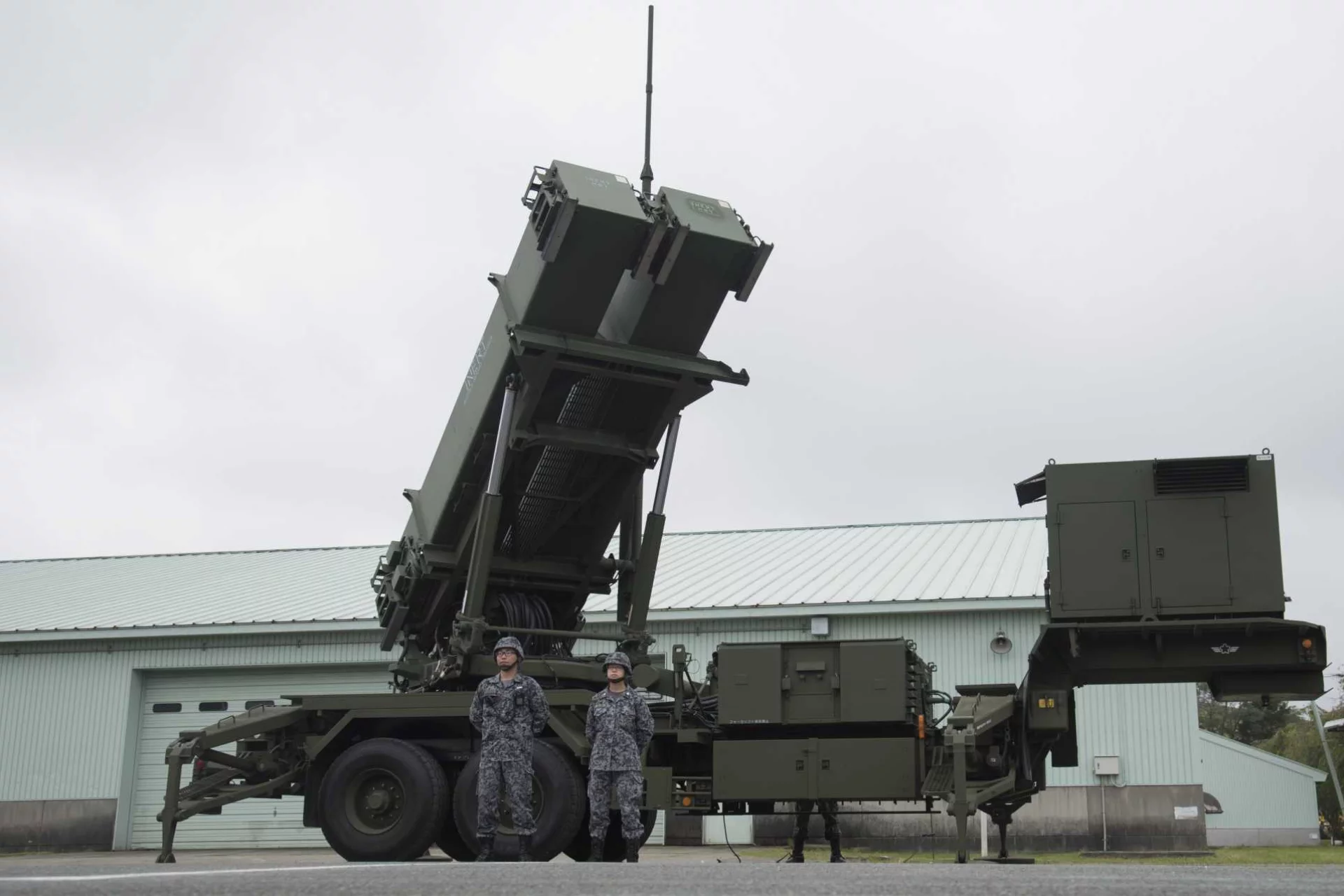In the rapidly evolving landscape of global military power, China has emerged as a formidable contender, leveraging advancements in civilian technology to bolster its military capabilities. This strategic integration of commercial innovations into defense systems is enabling the People’s Liberation Army (PLA) to close the gap with the United States, long considered the world’s preeminent military superpower. From artificial intelligence (AI) and 5G networks to drones and quantum computing, China’s ability to harness civilian technologies for military purposes is reshaping the geopolitical balance. This article explores how China’s dual-use technology strategy is driving its military modernization, the implications for global security, and the challenges it poses to U.S. dominance.
The Dual-Use Technology Paradigm
At the heart of China’s military transformation lies the concept of “civil-military fusion,” a state-driven strategy that integrates civilian technological advancements with military applications. Unlike traditional defense industries, which often operate in isolation, China’s approach blurs the lines between commercial and military sectors. This allows the PLA to access cutting-edge innovations developed by private companies, universities, and research institutions, significantly accelerating its modernization efforts.
The Chinese government has prioritized this strategy under President Xi Jinping’s leadership, with policies that encourage collaboration between civilian tech giants like Huawei, Tencent, and Alibaba and the military. By leveraging the vast resources of its domestic tech industry, China is not only reducing its reliance on foreign technology but also creating a self-sustaining ecosystem that fuels both economic growth and military prowess.
Artificial Intelligence: The Brain of Modern Warfare
Artificial intelligence is a cornerstone of China’s military ambitions. Civilian AI technologies, originally developed for applications like facial recognition, autonomous vehicles, and smart cities, are being repurposed for military use. The PLA is integrating AI into command-and-control systems, surveillance networks, and autonomous weapons platforms, enhancing its ability to process vast amounts of data and make real-time decisions on the battlefield.
For instance, AI-powered facial recognition systems, widely used in China’s domestic surveillance network, are being adapted for military intelligence gathering. These systems can identify targets, track troop movements, and analyze satellite imagery with unprecedented speed and accuracy. Additionally, AI-driven predictive analytics are being used to simulate war scenarios, optimize logistics, and improve strategic decision-making.
China’s investment in AI is staggering, with the country aiming to become the global leader in AI by 2030. Companies like Baidu and SenseTime, which dominate the civilian AI market, are working closely with the PLA to develop applications such as autonomous drones, robotic systems, and cyber warfare tools. This synergy has given China a significant edge in developing next-generation military technologies that rival those of the U.S.
5G Networks: The Backbone of Connectivity
The rollout of 5G technology is another critical area where civilian advancements are transforming military capabilities. China’s leadership in 5G, driven by companies like Huawei and ZTE, provides the PLA with high-speed, low-latency communication networks that are essential for modern warfare. These networks enable real-time coordination of forces, seamless data transfer between command centers and frontline units, and the operation of advanced systems like unmanned aerial vehicles (UAVs) and smart munitions.
In military contexts, 5G technology enhances situational awareness by connecting sensors, vehicles, and soldiers in a unified network. For example, the PLA is developing “smart battlefields” where 5G-enabled devices provide commanders with real-time updates on troop positions, enemy movements, and environmental conditions. This level of connectivity allows for faster decision-making and more effective coordination, giving China a strategic advantage in potential conflicts.
Moreover, China’s dominance in 5G infrastructure has raised concerns in the West about the potential for espionage and cyberattacks. The U.S. and its allies have banned Huawei equipment from their networks, citing security risks, but China’s ability to deploy 5G globally gives it a significant geopolitical leverage point.
Drones and Autonomous Systems: Redefining Warfare
The global drone market, driven by civilian demand for applications like aerial photography, agriculture, and logistics, has become a key component of China’s military strategy. Chinese companies like DJI, the world’s leading drone manufacturer, have developed advanced UAVs that are being adapted for military purposes. These drones are equipped with high-resolution cameras, AI-powered navigation systems, and long-range communication capabilities, making them ideal for reconnaissance, surveillance, and even combat operations.
The PLA has deployed drones for a variety of missions, from patrolling disputed borders in the South China Sea to conducting intelligence-gathering operations. Swarm drone technology, which involves coordinating large numbers of drones to overwhelm enemy defenses, is another area where China is making significant strides. By leveraging civilian drone technology, the PLA can deploy cost-effective, scalable systems that challenge the U.S.’s traditional air superiority.
Quantum Technology: The Next Frontier
Quantum technology, though still in its early stages, represents the next frontier in military innovation. China has invested heavily in quantum research, particularly in quantum communication and computing. These technologies have the potential to revolutionize secure communications, cryptography, and data processing, giving China a strategic edge in future conflicts.
Quantum communication systems, which use the principles of quantum mechanics to transmit information securely, are being developed for military applications. These systems are virtually unhackable, making them ideal for protecting sensitive military communications. Meanwhile, quantum computing could enable the PLA to break encrypted codes, model complex battlefield scenarios, and optimize resource allocation at unprecedented speeds.
China’s civilian research institutions, such as the University of Science and Technology of China, are at the forefront of quantum research, and their breakthroughs are quickly being integrated into military programs. This rapid transition from lab to battlefield underscores China’s ability to leverage civilian innovation for strategic purposes.
Geopolitical Implications
China’s use of civilian technology to enhance its military capabilities has profound implications for global security. The PLA’s growing technological prowess is narrowing the gap with the U.S., which has long relied on its technological superiority to maintain military dominance. As China continues to innovate, it is challenging the U.S. in key domains such as cyber warfare, space, and artificial intelligence.
The U.S. has responded by increasing investments in its own defense technologies and imposing restrictions on Chinese tech companies. For example, the U.S. Department of Commerce has placed Huawei and other firms on its Entity List, limiting their access to American technology. However, China’s self-reliance in critical areas like semiconductors and AI is reducing the effectiveness of these measures.
Furthermore, China’s export of dual-use technologies to other nations is expanding its influence in regions like Africa, Southeast Asia, and Latin America. By providing affordable 5G infrastructure, drones, and AI solutions, China is building strategic partnerships that could shift the global balance of power.
Challenges for the U.S. and the West
The rise of China’s tech-driven military poses significant challenges for the U.S. and its allies. First, the speed of China’s innovation cycle is outpacing traditional defense procurement processes in the West, which are often slow and bureaucratic. To remain competitive, the U.S. must find ways to accelerate the adoption of civilian technologies into its defense systems.
Second, the U.S. faces a strategic dilemma in balancing openness with security. While collaboration with private tech companies is essential for innovation, it also raises concerns about intellectual property theft and supply chain vulnerabilities. China, with its state-controlled model, does not face the same constraints, giving it an advantage in mobilizing resources.
Finally, the ethical implications of China’s use of AI and surveillance technologies in military contexts cannot be ignored. The integration of these technologies into autonomous weapons systems raises questions about accountability, human oversight, and the potential for misuse in conflicts.
Conclusion
China’s strategic use of civilian technology is transforming the PLA into a modern, high-tech force capable of rivaling the U.S. military. By leveraging advancements in AI, 5G, drones, and quantum technology, China is not only closing the technological gap but also redefining the nature of warfare. As the global balance of power shifts, the U.S. and its allies must adapt to this new reality by fostering innovation, strengthening alliances, and addressing the ethical challenges posed by these technologies.
The race for military supremacy is no longer just about traditional defense industries; it is about who can best harness the power of civilian technology. China’s civil-military fusion strategy has positioned it as a formidable contender, and the world is watching closely as the rivalry between these two superpowers unfolds.




